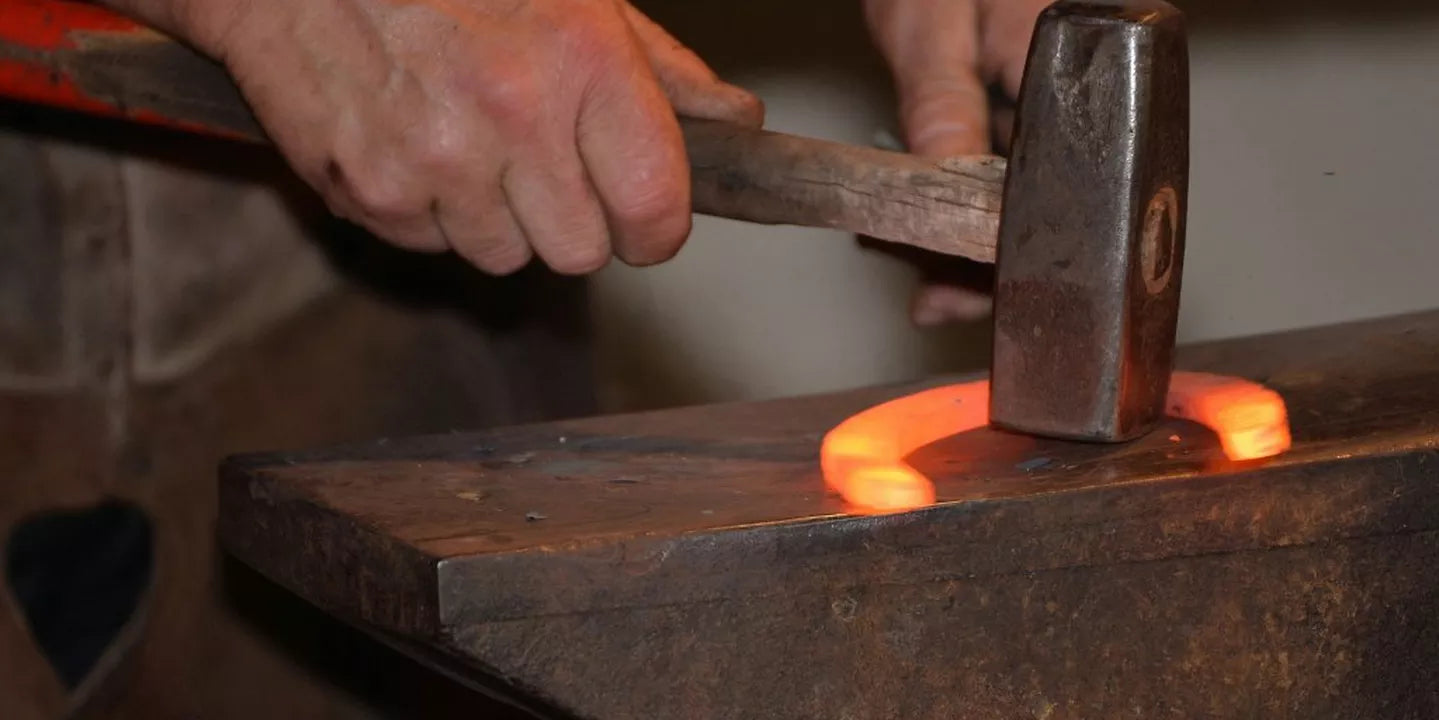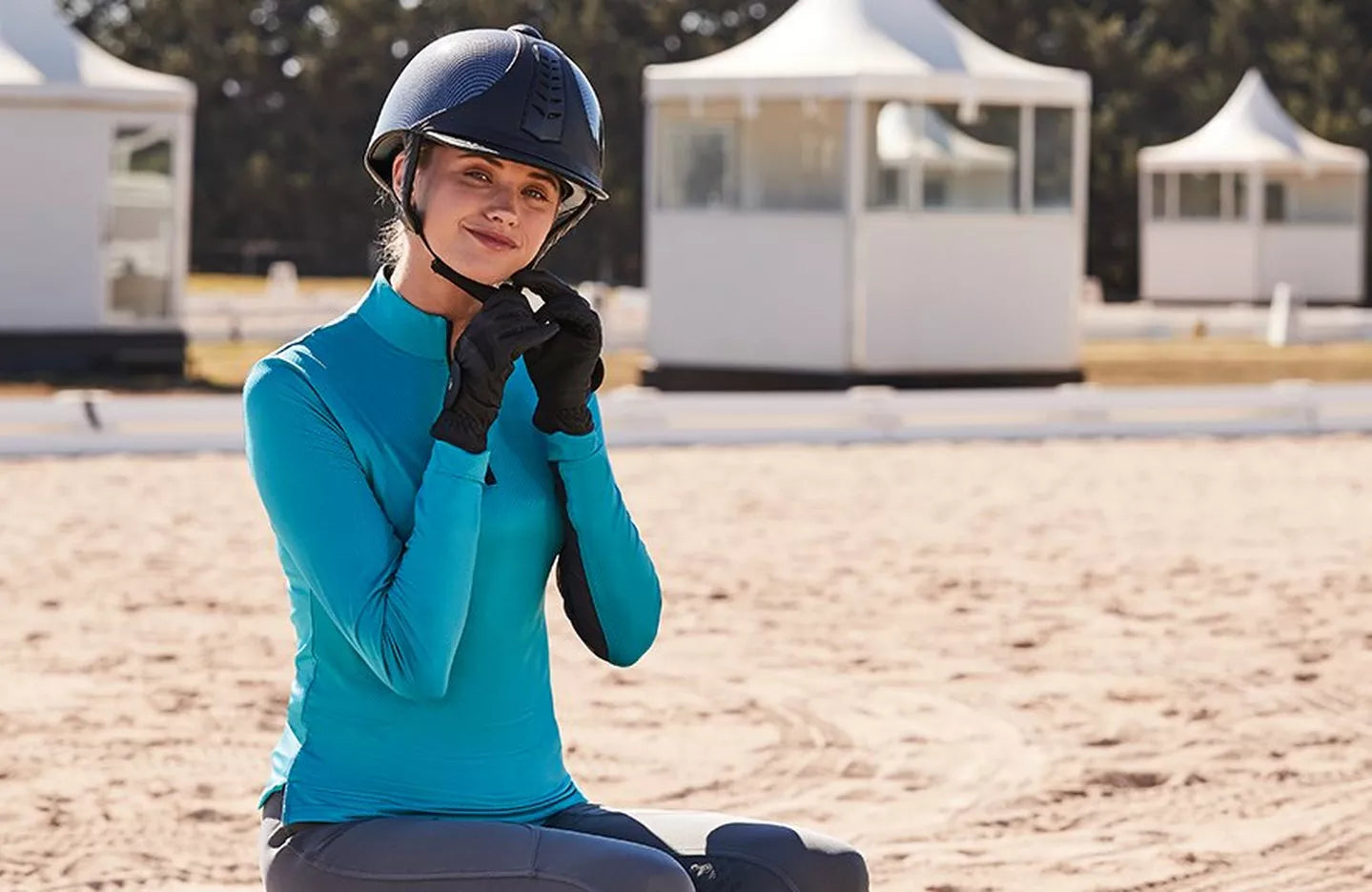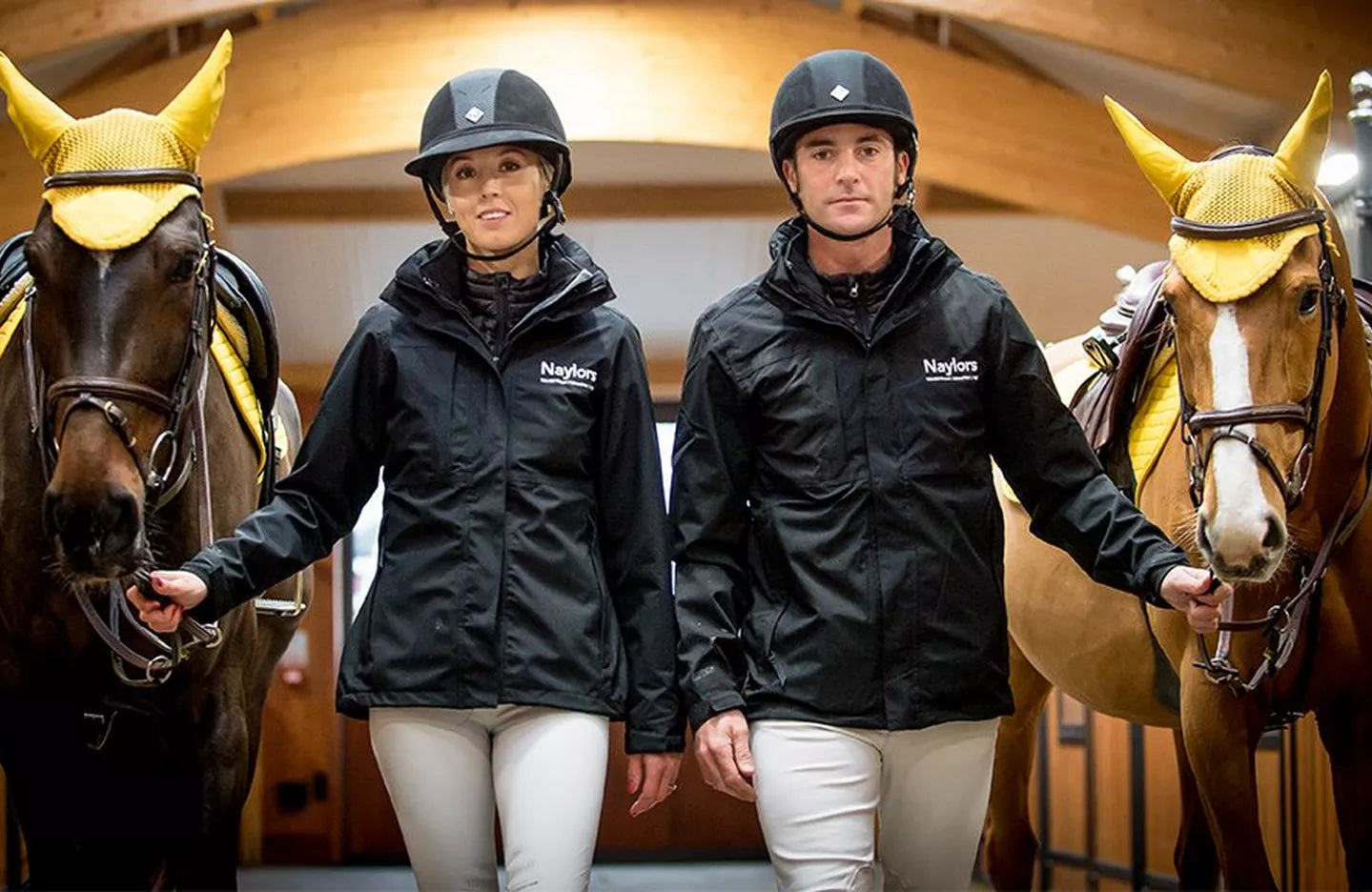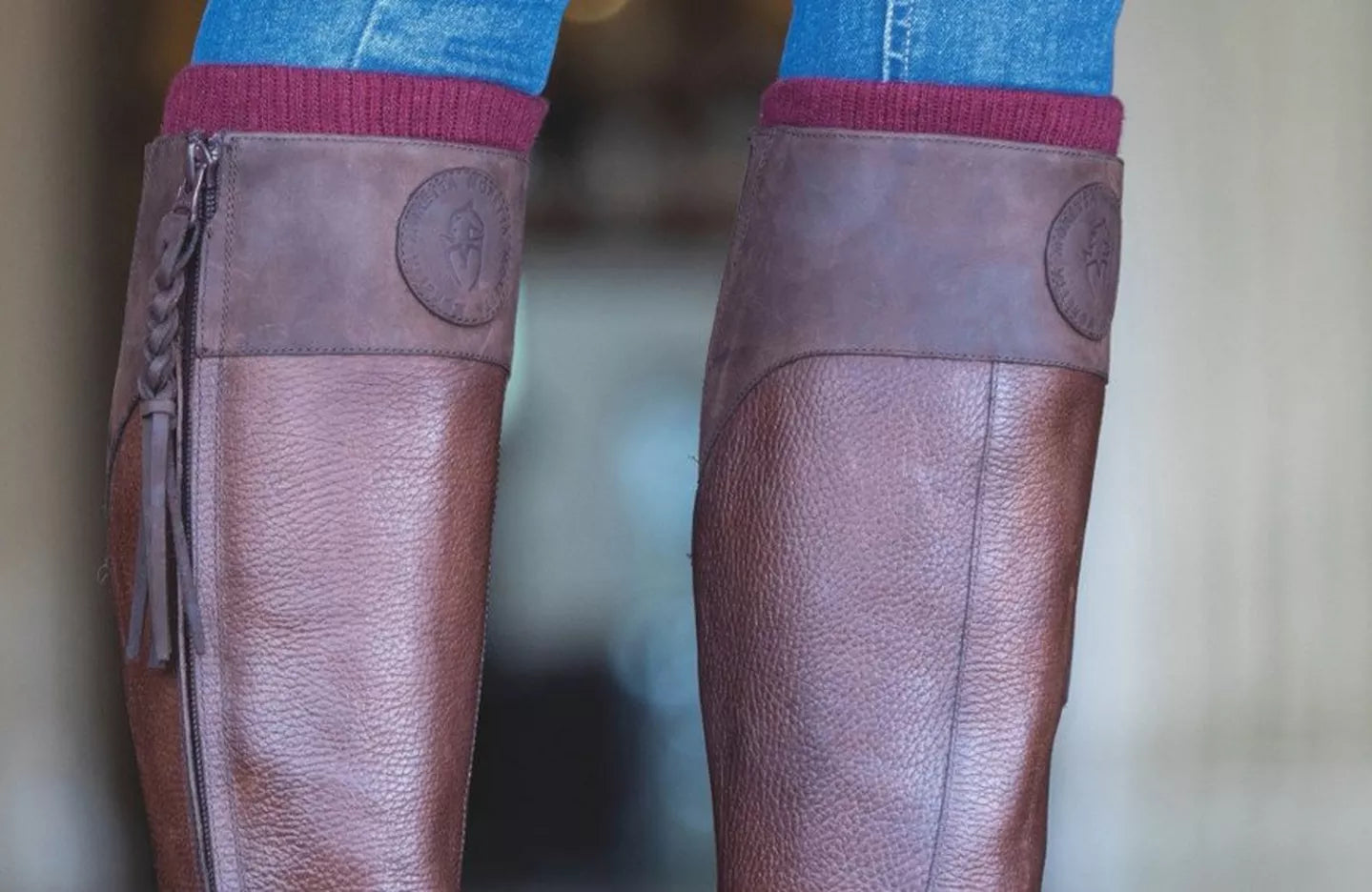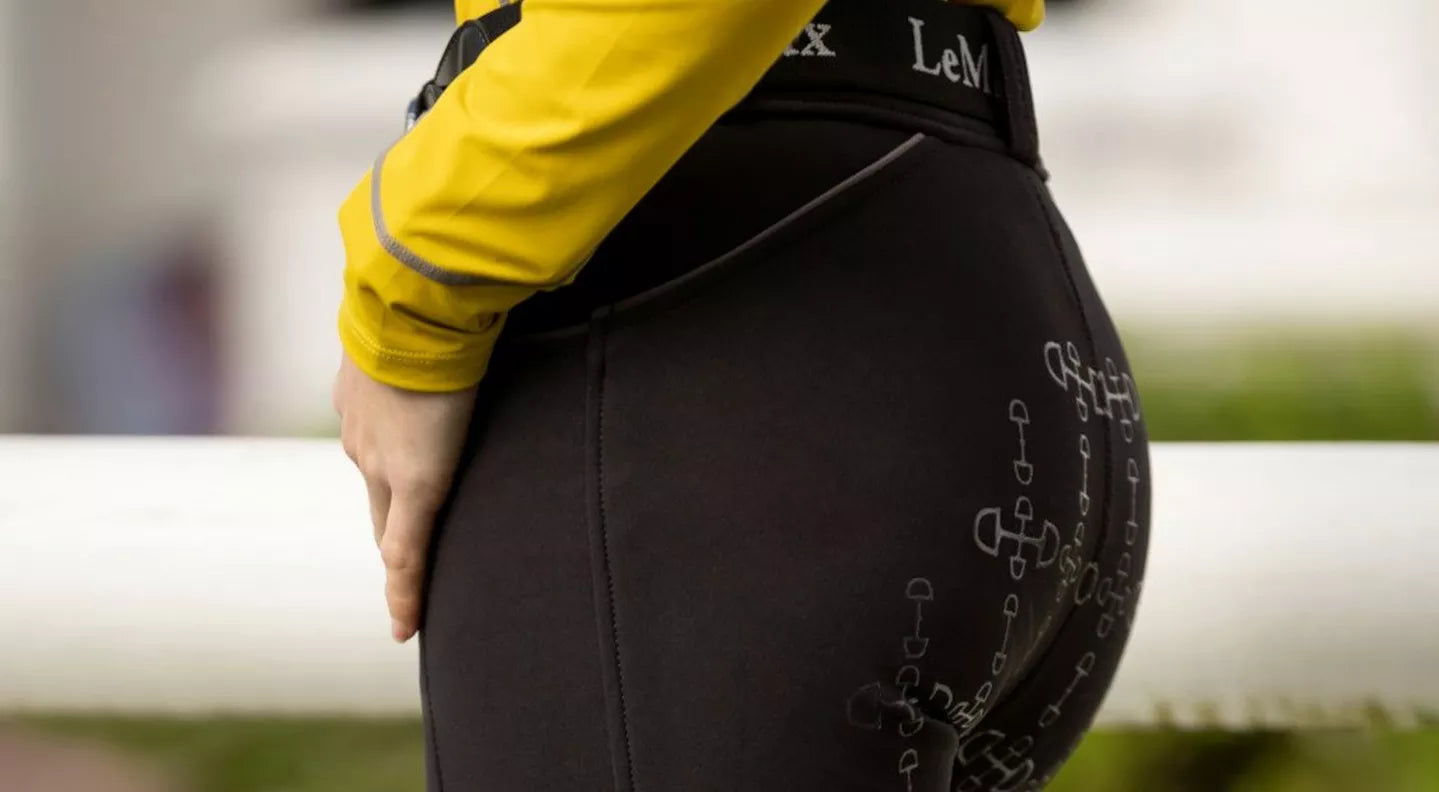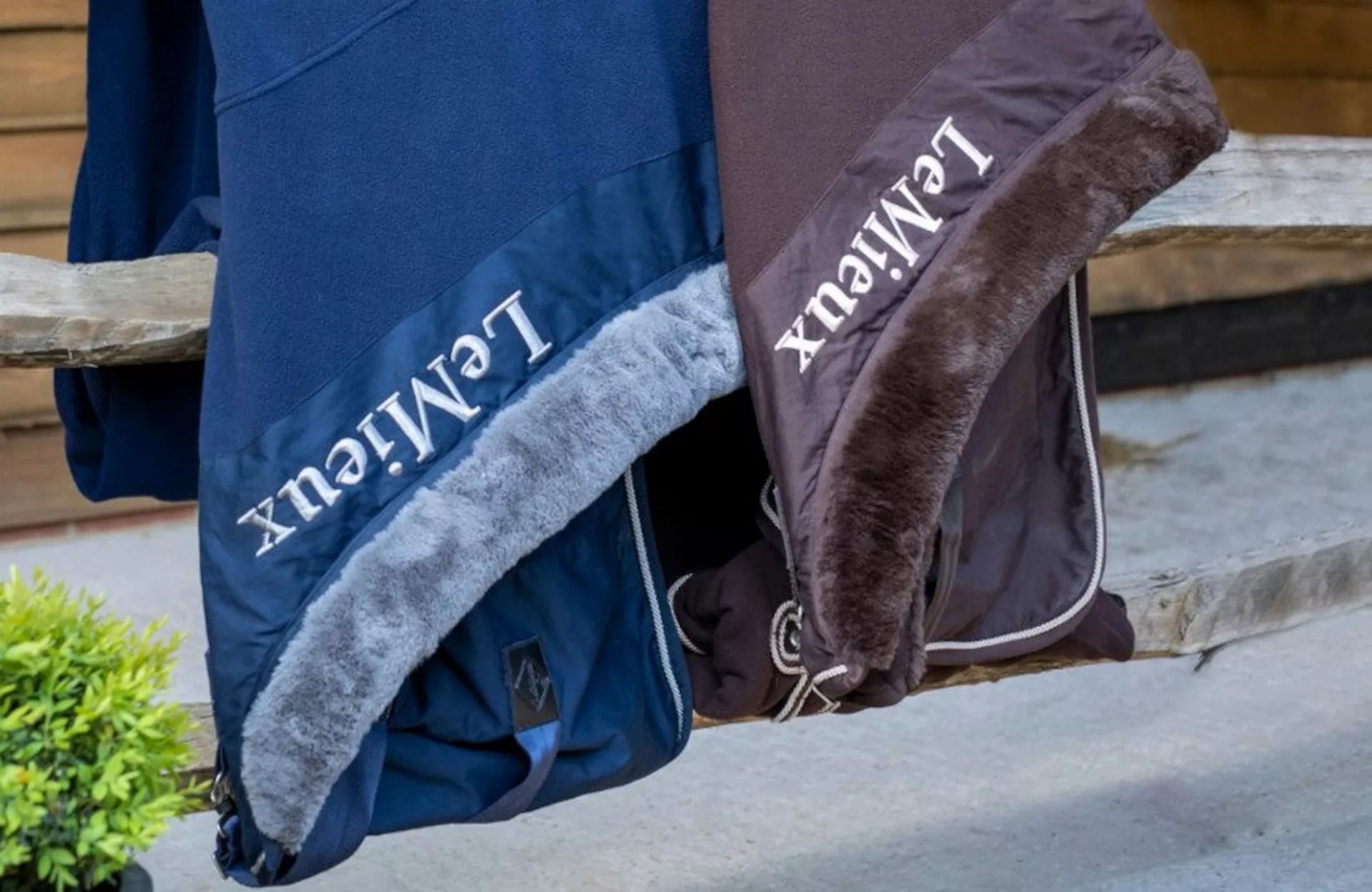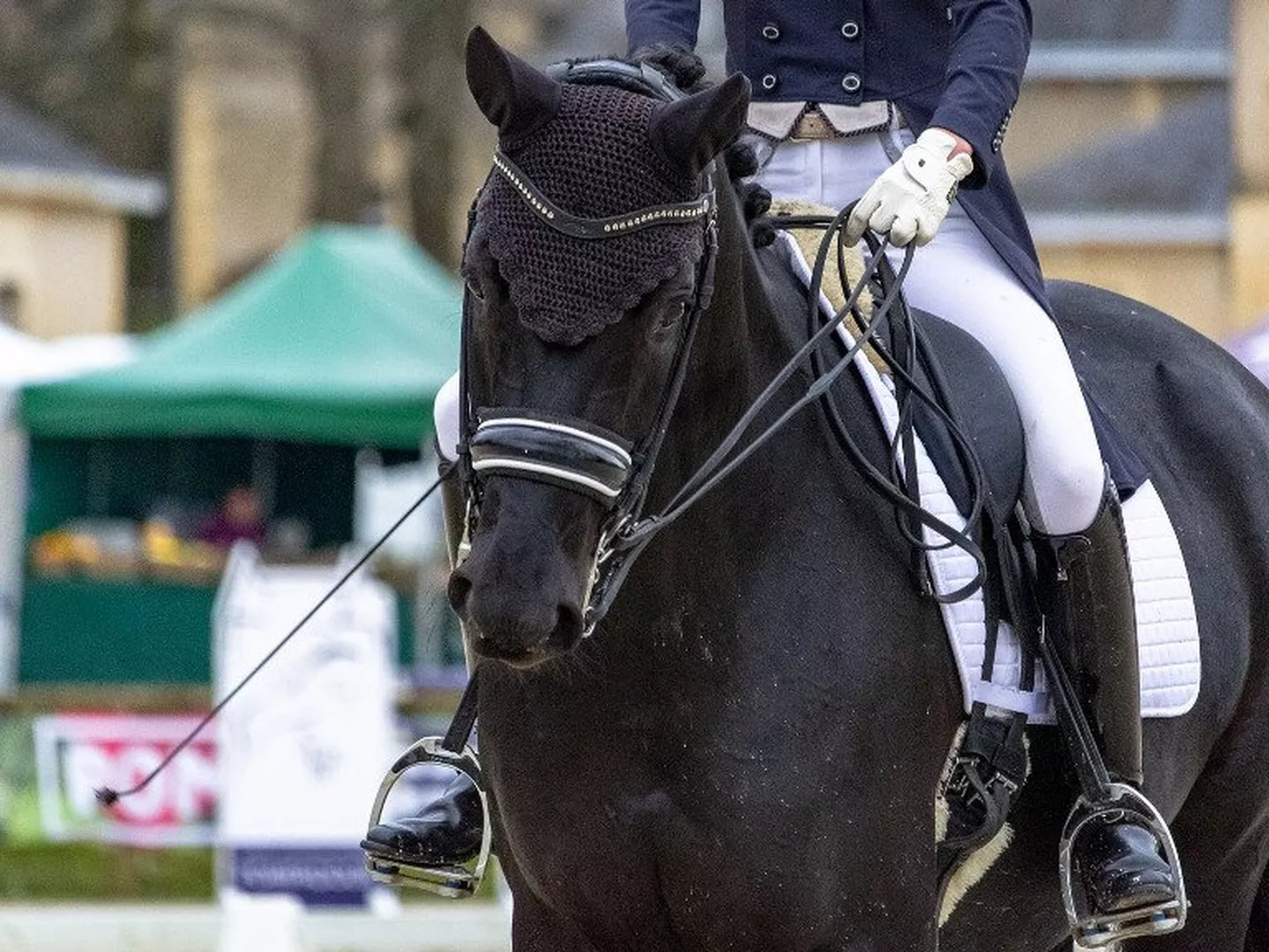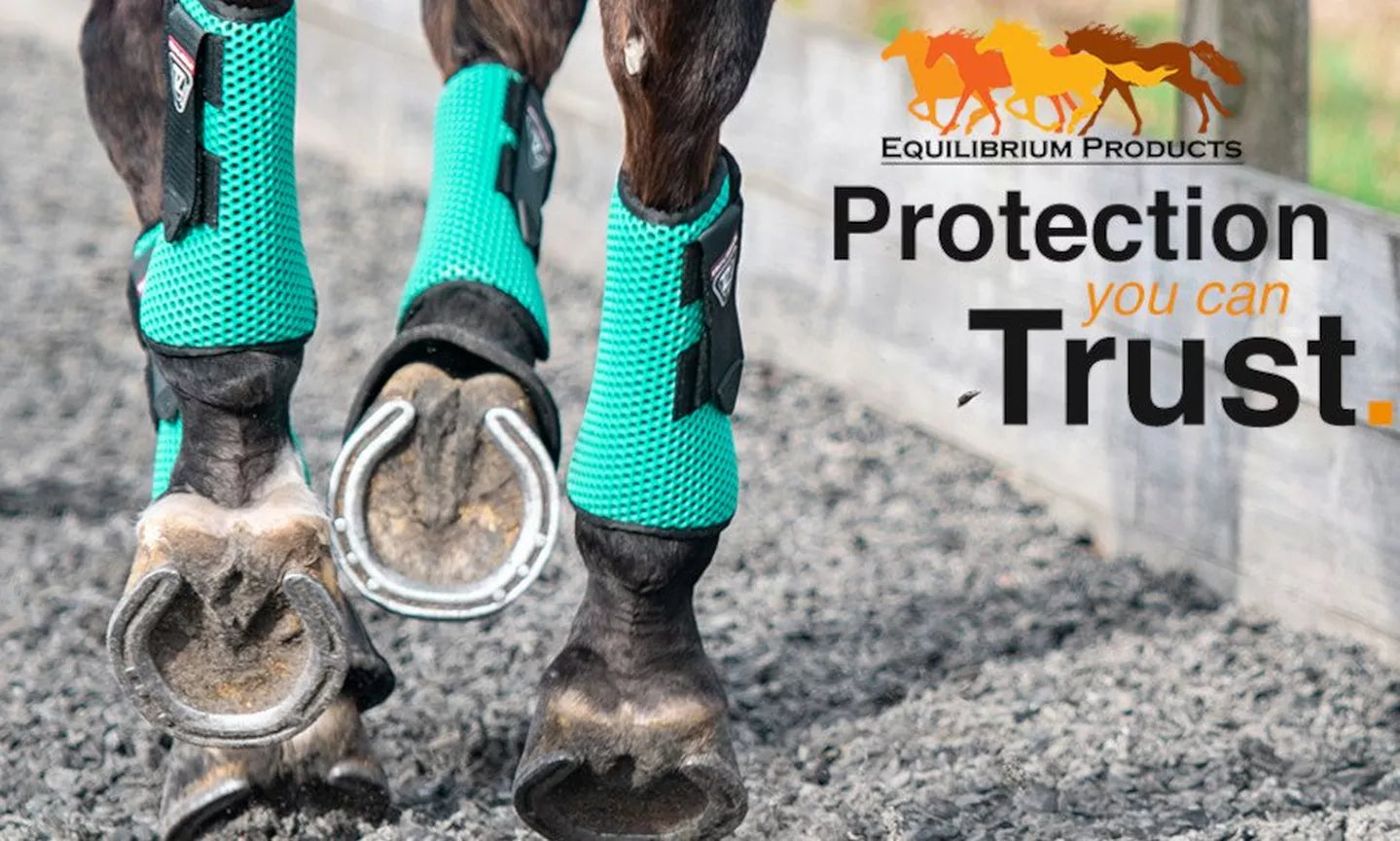To shoe or not to shoe… That is the question! Traditionally, many of us have chosen to have our hard working or ‘foot sore’ horses shod. By doing this, we lift the hoof up off the ground and create a physical barrier to guard against unforgiving surfaces and conditions. The thing is, horses aren’t born with shoes, so do they really need them? With the price of shoeing ever rising to cover the increasing costs incurred by our farriers, it can feel like an unnecessary financial burden. With this in mind, more and more of us are considering trying our horses barefoot. But there’s a few things to think about first. Take a look at our top tips to help you on your journey towards a sound, strong hooved barefoot horse...
1. Speak To Your Farrier

Going barefoot is not a decision to be taken lightly, as it’s not the right option for every horse. Seeking professional advice should always be the first step you take (even if your horse has been unshod before). Variables including weight, age, season, workload and environmental conditions will all have an impact. So, before you make your mind up, speak to your farrier about whether going barefoot is suitable for your horse’s hooves and legs. It’s important to remember that they’re the expert, so their advice is invaluable. In some cases, shoes will be serving a corrective purpose, helping to manage a structural or conformational fault. In other instances, gradual preparation may be required before the shoes are removed, in order to improve the strength and quality of the hoof structures.
2. Prepare the Hoof
Providing your farrier agrees trying your horse unshod is safe and suitable, it’s a good idea to prepare the hoof. This might sound a little odd, but really it makes perfect sense! When we wear socks or shoes everywhere, the skin on the sole of our foot gets accustomed to low levels of abrasion, becoming softer and more sensitive. Our horse’s hooves are no different. So, they can require a little extra TLC in preparation for life without shoes.
Quality Growth
Good hooves all start with the right building blocks! If their hooves are weak or brittle, it may be a result of a deficiency in their diet. To prevent this, all horses should be fed an appropriate balancer alongside forage. That being said, in some cases they may also benefit from the addition of a targeted hoof supplement like Cornucrescine Daily Hoof Supplement or Hoof Mender Powder. These are designed to improve new hoof growth, so it usually takes between 3 and 18 months to see the true benefit. It’s also a good idea to limit their sugar intake, opting for stalky grass and molasses free feed.

Hardening
One of the most important things you can do to harden your horse’s hooves is to keep them dry. Wet hooves are much more prone to softening and crumbling, hence why so many common hoof issues occur during the winter. Thankfully, this doesn’t mean you’ll have to keep your horse in, just that a waterproofing product like Keratex Hoof Gel or Carr and Day and Martin®Cornucrescine Hoof Barrier should be applied before turnout. This will help prevent the hoof getting softer, but you may also want to think about using a hardener to help ease the transition. Keratex Hoof Hardner or NAF Profeet Rock Hard are great options. These should be applied daily for approximately 7 days and weekly thereafter.

3. Going Barefoot
Once both you and your farrier are happy with the condition of your horse’s hooves, it’s time to remove their shoes. If your horse is trimmed at the same time, this may be done a little differently to usual. If your horse has thin soles, some farriers will leave the hoof wall a little longer. This is done to prevent bruising to the foot. If your horse has a brittle hoof wall, they may trim short to prevent flares.

4. Barefoot Aftercare
Deep beds, soft turnout and thick arena surfaces can really help to make their transition to barefoot smoother. Immediately after your horse has had their shoes off, it’s best to avoid hard ground and road work. While it can be tempting to carry on as usual, excessive exposure to unforgiving conditions is likely to cause bruising and lameness. Instead, gradually reintroduce firmer surfaces. This will encourage the hooves to adapt, without causing discomfort or pain. Over time, the hoof wall will become stronger and the soles thicker. Regular visits from your farrier are really important during this time, not only for trimming but monitoring progress too. Your farrier will be able to let you know how well the hooves are adapting to the change.
